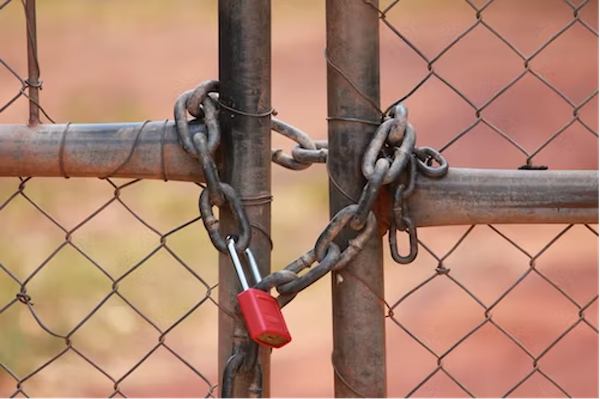Asbestos is a hazardous material commonly used in building construction, such as flooring, ceiling tiles, and pipe insulation. Due to its widespread use, many buildings contain asbestos-containing materials (ACMs) that require removal to comply with regulations and protect the health of their occupants. If ACMs have been identified in your building and removed, you will also need to engage an independent assessor to conduct an asbestos clearance inspection.
After asbestos removal, a clearance certificate must be obtained from an independent assessor before any further demolition or construction can occur. Clearance certificates are crucial in ensuring the building is fit for reoccupation, occupants’ safety, and the proper management of any remaining asbestos-containing materials.
Aside from your legal obligation to comply with regulations and protect public health and safety, there are other reasons to secure a certificate.
Verification of Removal or Remediation
When asbestos-containing materials are identified during an inspection, it is essential to take appropriate action in reducing the risk, sometimes including remediation or removal of the ACMs. An asbestos clearance inspection should follow the removal or remediation process to result in a clearance certificate to verify that the asbestos has been safely and effectively removed. The certificate confirms that the necessary precautions were taken to protect the occupants and that the building is now safe for occupants or other trade services to occupy.
Transaction and Liability Protection
When a building is up for sale, lease or renovation, an asbestos clearance inspection certificate is usually required if the building was constructed before the 31st December 2003. It provides documentation that the building has been inspected and that any identified asbestos has been appropriately handled. This information will help potential buyers make informed decisions during their due diligence and mitigate liability issues associated with asbestos exposure.

Record-Keeping and Future Reference
Asbestos Clearance Certificates are essential to the building’s documentation. Asbestos clearance inspections, removals, remediation activities, and other asbestos reports are recorded in the asbestos management plan, which can be referenced in the future. This documentation is helpful for subsequent inspections, maintenance, or renovations, ensuring that asbestos-related risks are continually managed. Legally, you must keep your clearance certificate and other asbestos-related documentation for 30 years. Your asbestos register must be updated to reflect any change to the property, including removal works reflected by your clearance certificate.
Clearance certificates are awarded after removal to verify the site is free from visible asbestos residue after removal or remediation of asbestos-containing materials. Compliance with regulations and clearance certificates by an independent assessor provides peace of mind to occupants and protects owners against liability issues. In fact, the building cannot be legally reoccupied without one.An asbestos clearance inspection plays a crucial role in the safety and well-being of individuals. To book a clearance inspection for your building with an independent assessor, visit Global Asbestos Audits.

